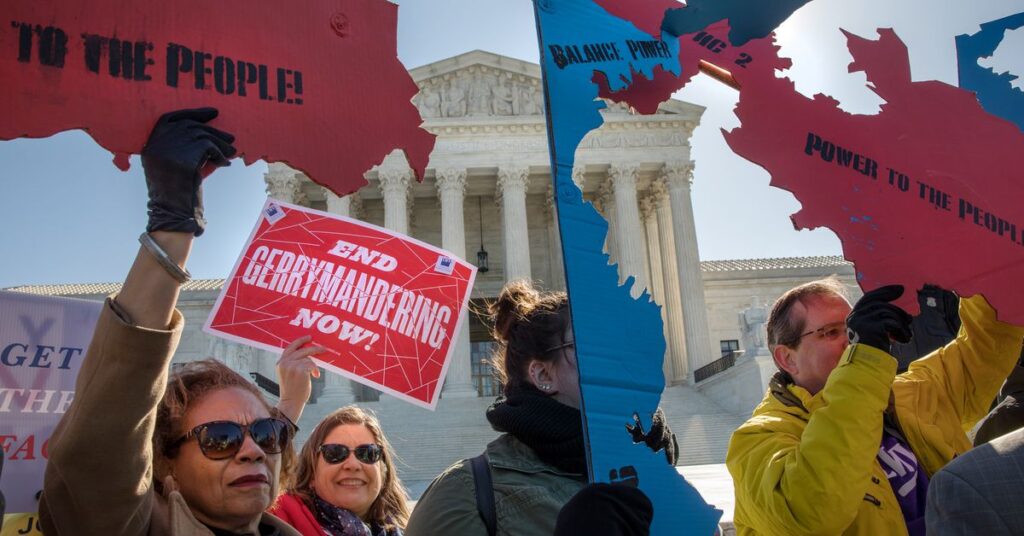The Supreme Court announced Monday it will hear a case that could give state lawmakers even more leeway than they already have to draw gerrymandered maps.
In January, a federal court determined that South Carolina violated the Constitution’s prohibition on racial gerrymandering when it drew one of its congressional districts in the 2021 redistricting cycle. This case, known as Alexander v. South Carolina Conference of the NAACP, tees up the question of whether state lawmakers may use race to identify Democratic voters, and then draw district lines intended to diminish these voters’ ability to elect a candidate of their choice.
Should the Supreme Court permit this kind of gerrymandering, it would likely have profound consequences for voting rights throughout the nation — potentially shutting down one of the few remaining ways to challenge a gerrymandered map that violates the US Constitution.
Briefly, the lower court that heard Alexander determined that South Carolina’s mapmakers intentionally kept nearly 80 percent of the Black population of Charleston County out of the state’s First Congressional District in order to shore up the Republican vote in that district. The lower court rested much of its reasoning on the Supreme Court’s decision in Cooper v. Harris (2017), which held that a district is presumptively unconstitutional if “race was the predominant factor motivating the legislature’s decision to place a significant number of voters within or without a particular district.”
The evidence examined by the lower court, in other words, suggests that state lawmakers were driven by a desire to empower the Republican Party at the expense of Democrats, rather than by a purely white supremacist desire to prevent Black voters from electing their preferred candidates. But, regardless of why the state decided to exclude so many Black voters from the First District, the fact remains that, according to the panel of three federal judges that heard…
Read the full article here





